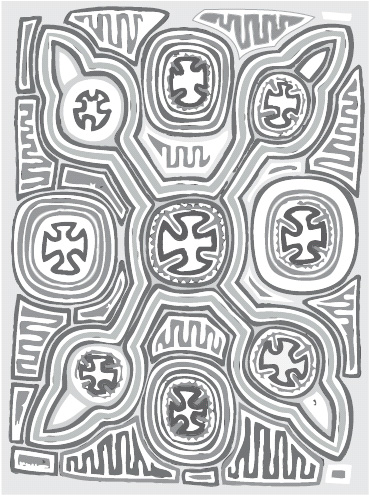PART V
Latino Destino
OUR MULTICULTURAL NATION IS RAPIDLY emerging, and Latinos will be at the headwaters of this transformation. But a new vision of inclusiveness is needed if we are to build a truly diverse society.
When the Constitution was written, only White male property owners were allowed to vote in most states. Black men, as slaves, were counted as only three-fifths of a person, and women could not vote until the passage of the Nineteenth Amendment in 1920.1 Although Hispanics could vote, we did not have an official US designation until 1980, and Latinos weren’t “official” until the 2000 census.2 Our multicultural society requires us to change this race-based view of our country and embrace a more encompassing vision of our humanity. Because of their inherent diversity and inclusive culture, Latinos can guide this change.
A strategic way to do this is to expand the Latino concept of the extended community and familia by welcoming people who connect to our culture and values as Latinos by corazón, or affinity. Not exclusion, but inclusion. This would turn America’s race-based consciousness upside down! Becoming a Latino by corazón—embracing and adopting key cultural aspects such as being generous and simpático—is possible because we are a culture. And, oh yes, one more time: culture is learned. Furthermore, Latinos are the only group that self-identifies—that speaks to our ability to welcome different people into the culture.
In reality, most Latinos already have familia who are not Latino by birth, and our comadre-compadre, madrina-madrino, tía-tío custom has traditionally included people who are not blood related. Our extended familias are elastic and stretch to embrace others.
One more caveat: once a person becomes a Latino by corazón—then by definition he or she is a cultural adaptive—a person who adopts beneficial behaviors, values, and reference points from a variety of cultures. And why is this so important? In our multicultural global village leaders will need to be culturally adaptive and culturally competent. Frances Hesselbein, former CEO of Girl Scouts of the USA, speaks to this: “Perhaps the biggest question in today’s world is, ‘How do we help people deal with their deepest differences?’ Governance among diversity is the world’s greatest challenge.”3
Second, Latino humanistic values emphasize social responsibility, a needed attribute in fashioning a society that not only embraces diversity but also truly cares for (and takes care of) its people—a society that incorporates values such as being generous, being helpful to others, respecting people as equals, and cooperating with others.
Fostering an inclusive and caring society will require a critical mass of people who are culturally adaptive and socially responsible. Part V summarizes ten strategies that leaders can use to strengthen the Latino community and foster partnerships and coalitions with different groups in order to achieve this good work.
One roadblock is the history of assimilation, by which immigrants were urged to conform and erase the traditions and languages of their grandparents. To shed a little light on this, I will share my own assimilation experience. Hopefully, people who have done likewise can choose to “retro-assimilate” as I did and become cultural adaptives.
Our journey ends with an intriguing vision put forth by the Mexican philosopher José Vasconcelos: la Raza Cósmica—the Cosmic Race. His vision foresaw the mixing of the four major groups of humanity into a new familia that combined the best characteristics of all the races. This time is coming! The fastest-growing youth demographic comprises people who identify as multicultural.4 Latinos are already a fusion of many cultures. We celebrate de colores—the radiant rainbow of humanity. We are la Raza Cósmica.

